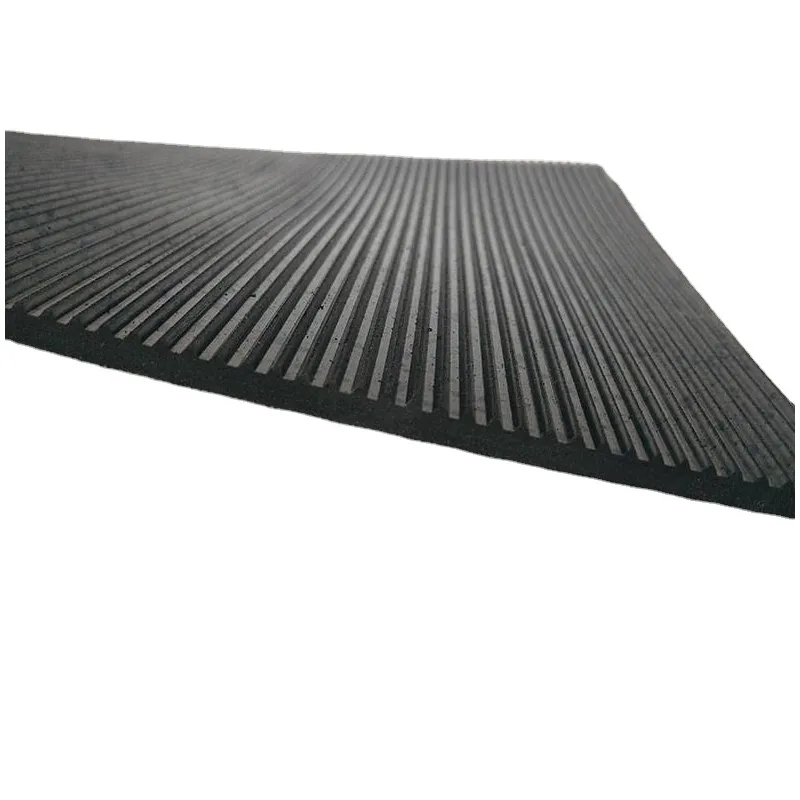Effective Solutions for Minimizing Door Gaps with Rubber Sealing Strips
Understanding Door Gap Rubber Importance and Applications
In the world of manufacturing and construction, the integrity and functionality of structures are paramount. One often overlooked yet essential component that plays a vital role in maintaining this integrity is door gap rubber. Door gap rubber, often referred to as door seals or weather stripping, is designed to fill the space between a door and its frame. This seemingly simple material is crucial for various reasons, including energy efficiency, noise reduction, and overall comfort within a space.
Functionality of Door Gap Rubber
The primary function of door gap rubber is to create a seal when a door is closed. This seal ensures that external elements such as air, dust, moisture, and noise do not infiltrate a building. In terms of energy efficiency, door gap rubber helps to prevent drafts from entering or escaping, which can significantly reduce heating and cooling costs. By maintaining a stable indoor temperature, businesses and homeowners can enjoy a more comfortable environment while also lowering their energy bills.
Moreover, door gap rubber is crucial in enhancing sound insulation. In apartments or office buildings, noise intrusion can be a significant issue. Using high-quality door seals can enormously diminish sound transmission through gaps, allowing for a more peaceful atmosphere in homes or workplaces. This is especially beneficial in settings like studios, conference rooms, or residences in bustling urban areas.
Types of Door Gap Rubber
Door gap rubber comes in various forms, each tailored to specific needs. The most common types include foam, silicone, and vinyl. Foam seals are lightweight and easy to install, making them a popular choice for DIY projects. They are excellent for general use, providing decent insulation against drafts. However, they may wear out faster than other types.
door gap rubber

Silicone door seals are more durable and heat-resistant than foam options. They can last for years without losing effectiveness and are perfect for exterior doors exposed to weather conditions. Silicone can also provide a good barrier against noise, making it an excellent choice for soundproofing.
Vinyl door seals are another option, known for their flexibility and adaptability. They can conform to various surfaces, ensuring a tight seal. Not only are they effective in preventing air leaks, but they also provide a degree of protection against water.
Installation and Maintenance
Installing door gap rubber is a straightforward process that can greatly enhance the performance of doors. It usually involves measuring the gap around the door, cutting the rubber to fit, and adhering or nailing it in place. Most rubber seals come with adhesive backing, making installation easy even for those who are not particularly handy.
Once installed, maintaining door gap rubber is crucial for ensuring its longevity. Regular inspections for wear and tear should be performed, particularly in high-traffic areas. If any sections appear damaged or deteriorated, replacing them promptly can prevent larger issues from arising.
Conclusion
In conclusion, door gap rubber may not be the most glamorous aspect of construction, but its importance cannot be understated. By providing insulation against air and noise, enhancing energy efficiency, and contributing to overall comfort, door seals play a critical role in the functionality of buildings. With various types available for different applications, it is essential for homeowners and businesses to choose the right material and ensure proper installation and maintenance. Investing in quality door gap rubber ultimately pays off in increased comfort, cost savings, and enhanced quality of life. Whether you are sealing a single door or numerous entries in a commercial property, door gap rubber is a small investment with significant returns.
-
Under Door Draught Stopper: Essential ProtectionNewsJul.31,2025
-
Garage Door Seal and Weatherstrips for ProtectionNewsJul.31,2025
-
Edge Banding Tape for Perfect EdgesNewsJul.31,2025
-
Table Corner Guards and Wall Corner ProtectorsNewsJul.31,2025
-
Stair Nose Edging Trim and Tile Stair SolutionsNewsJul.31,2025
-
Truck Bed Rubber Mats for Pickup BedsNewsJul.31,2025
-
Window Weather Stripping for Noise ReductionNewsJul.29,2025